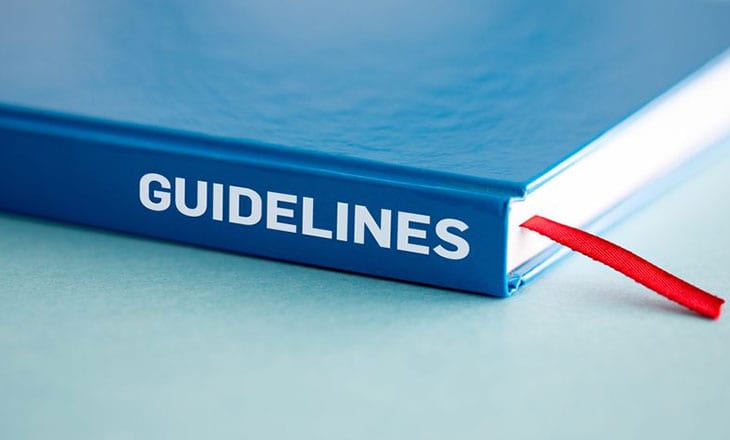The Investment Association (IA) has today published a series of guidelines designed to ‘shine a light’ and address a number of concerns in the use of Last Look. These guidelines form part of the IA’s call for greater transparency in the use of Last Look, and seek to address concerns that it can negatively affect the ability of asset managers to meet the needs of their clients.
The Investment Association is the trade body that represents UK investment managers. The associations claims out 200 members collectively manage over £6.9 trillion on behalf of clients in the UK and around the world.
Last Look is the practice whereby a liquidity provider, such as a bank, has the final opportunity to decline or accept a trade request. As part of the guidelines, the IA has also identified a number of instances in which Last Look should no longer be considered acceptable due to the potential for misuse of information by the liquidity provider. This includes:
- Pre-hedging in during the Last Look window
- Trading activity based on information derived from rejected trades
- Trading activity based on information from a request for quotation which is in progress or those that are not won.
Galina Dimitrova, Director of Investment and Capital Markets at the IA said:
Investors have long been concerned about the lack of transparency around Last Look.
We want to ensure that the FX markets are fair and effective as this benefits investors by enabling asset managers to make efficient and productive investments on their behalf.
Building on the best practice outlined by the FX Global Code of Conduct, our recommendations will provide asset managers with much-needed information on their trades so that they can fully understand the impact of Last Look on their business.
The industry’s call for improved transparency comes as a result from the current lack of clarity asset managers face when their trades have been declined as a result of the application of Last Look. Firms often do not receive notification when their individual trades have been rejected. They also do not get an explanation as to why Last Look has been applied, making it difficult to understand the impact on trade execution.
The IA is therefore asking that liquidity providers publish a clear definition of Last Look and their procedures, as well as formally informing clients when Last Look has been applied.
Under the IA’s new guidelines, liquidity providers should explain why the trade has been declined, drawing from a proposed standard set of reasons, including latency, price improvement, internal credit checks and price tolerances.
For those trades which are declined, the IA is also asking that liquidity providers offer time stamps accurate to the millisecond and other data disclosures. In the instance that a large trade is broken down into a series of small trades, the IA recommends that data is provided for each trade as although overall performance may look good versus an expected benchmark, it may mask costs that are being missed on individual transactions.
